When you think of animals that start with X, you might come up blank. I know I did before starting my research for this piece. The good news is that many lovely animals have names that start with the letter X. But I had to expand my regular search parameters of only common names to include scientific names as well. While I couldn’t include them all, I compiled a list of my favorites!
Highlights:
Here’s a quick look at the animals that start with the letter X.
- Xantus’s Hummingbird
- Xanthippe’s Shrew
- Xantic Sargo
- Xenops
- Xiphosura
- Xantus Murrelet
- Xerus
- Xeme
- Xenurus unicinctus
- X-ray Tetra
- Xuthus Swallowtail
- Xucaneb Robber Frog
- Xingu River Ray
15 Animals That Start With X
Ready to get familiar with animals that start with X? Take a closer look at these beauties below.
1. Xanthippes Shrew
The Xanthippes shrew (Crocidura xanthippes) is a fascinating small mammal found in Kenya and Tanzania. With a distinct physical appearance, it showcases a sleek body covered in soft, short fur, predominantly dark brown with a golden tinge on its back. Xanthippes shrews are skilled hunters, relying on their acute senses and sharp teeth to feast on insects, small invertebrates, and occasional seeds.
2. Xantus’s Hummingbird
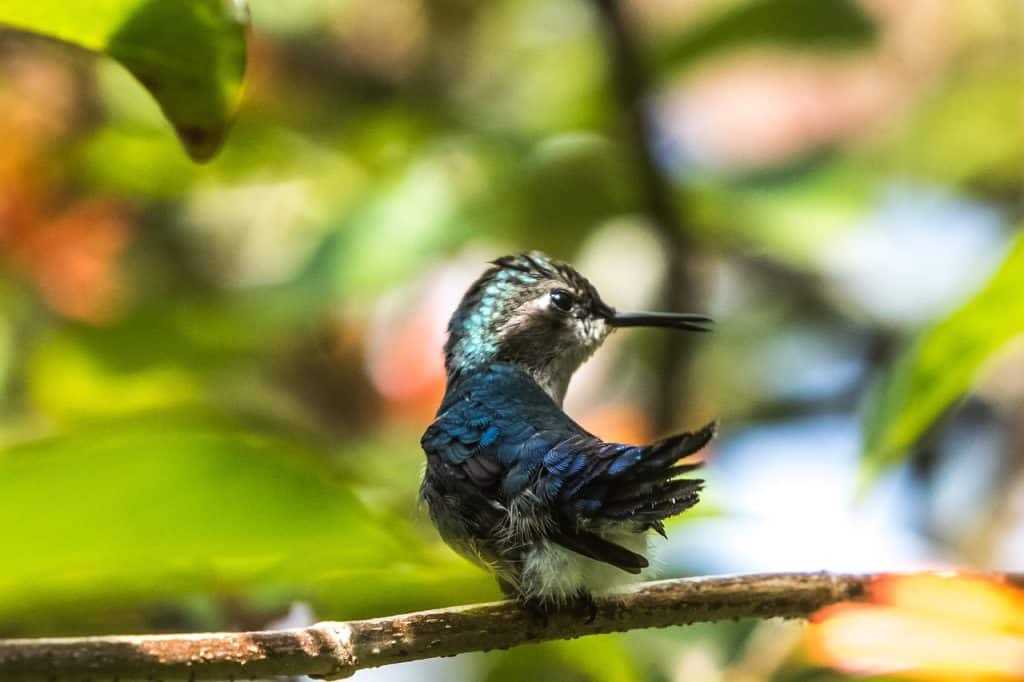
The vibrant Xantus’s Hummingbird (Basilinna xantusii) is a captivating species that can be found in the Baja California Peninsula of Mexico. This small hummingbird flaunts a stunning combination of colors, featuring iridescent green feathers on its back and a vibrant orange-red throat known as a gorget. With its long, slender bill and rapid wing beats, it is a master of flight, effortlessly hovering and sipping nectar from flowers.
Xantus’s Hummingbird thrives in arid and semi-arid habitats, including desert scrublands, coastal areas, and canyons. It often seeks out flowering plants such as agaves and desert sages to fulfill its nectar needs. In addition to nectar, it also supplements its diet with insects and spiders, capturing them in mid-air with its precise aerial maneuvers.
3. Xenops
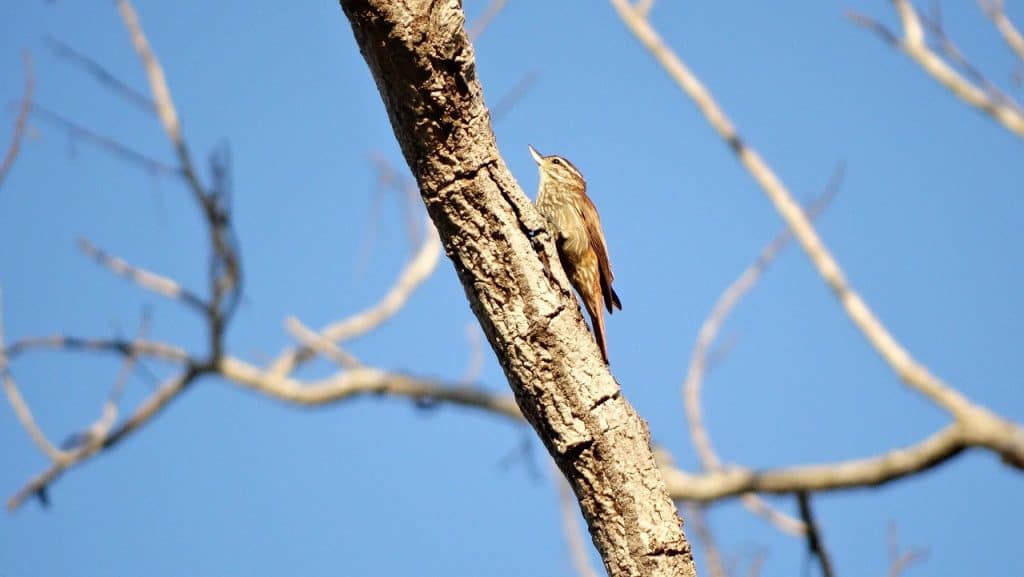
The fascinating Xenops birds, belonging to the genus Xenops, captivate with their unique physical features and intriguing behavior. With their mottled brown plumage, they blend seamlessly with the bark of trees, providing effective camouflage.
Xenops birds are predominantly found in the lush forests of Central and South America, where they thrive in diverse habitats ranging from lowland rainforests to montane cloud forests. They prefer dense vegetation and are often spotted foraging along tree trunks and branches, probing crevices and spider webs for insects and larvae using their specialized bills. Their agility and nimbleness allow them to navigate effortlessly through the foliage.
4. Xiphosura
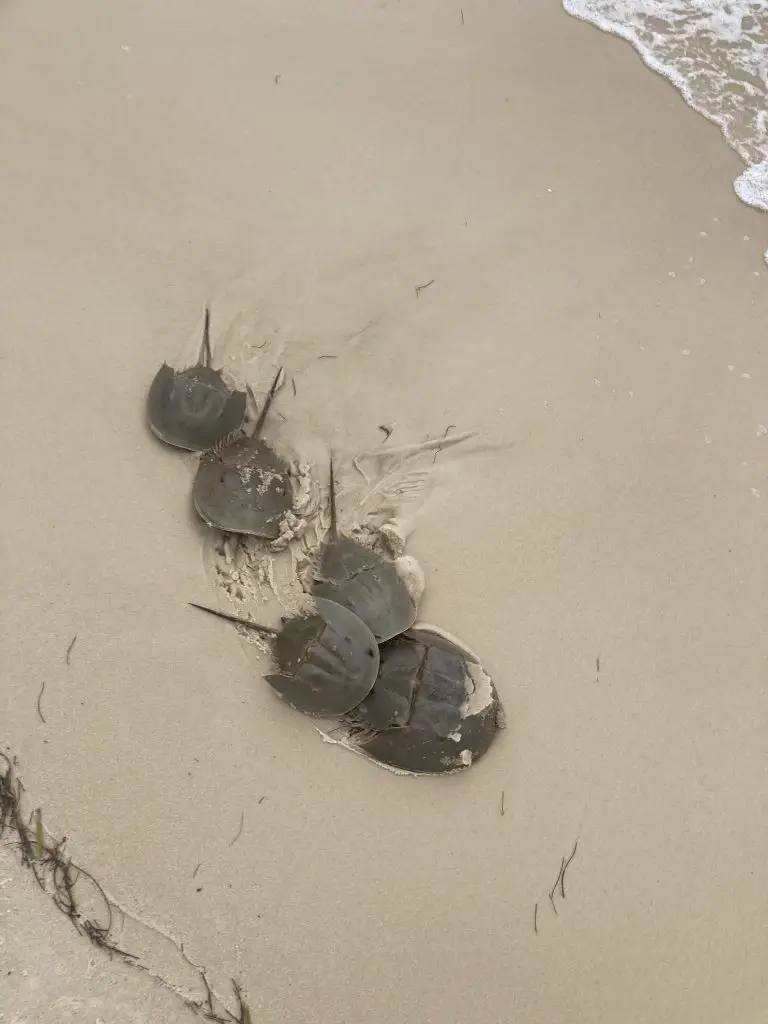
The Xiphosura, commonly known as horseshoe crabs, are ancient arthropods that elicit both curiosity and awe. Despite their name, horseshoe crabs are not true crabs but belong to a distinct group. These fascinating creatures feature a hard, horseshoe-shaped exoskeleton that encases their bodies. With multiple pairs of walking legs, long, pointed tails, and a domed carapace, they possess a unique and recognizable appearance.
Horseshoe crabs are predominantly found in shallow marine waters along the coasts of North America and Southeast Asia. They prefer sandy or muddy substrates where they burrow and feed on small invertebrates and detritus. These living fossils have survived for millions of years and are often regarded as ecological sentinels due to their sensitivity to environmental changes.
5. Xantic Sargo
Xantic Sargo, members of the grunt fish family, emit rather odd grunting noises by rubbing their teeth plates together. While I haven’t encountered these exact fish in the wild, I’ve been surprised by a grunt fish or two while diving. This particular grunt fish weighs between 6 to 11 pounds and can reach up to 22 inches in length.
You can find Xantic Sargoes in Eastern Central Pacific coastal waters. Typically, these fish hand out near reefs and grass beds.
6. Xerus
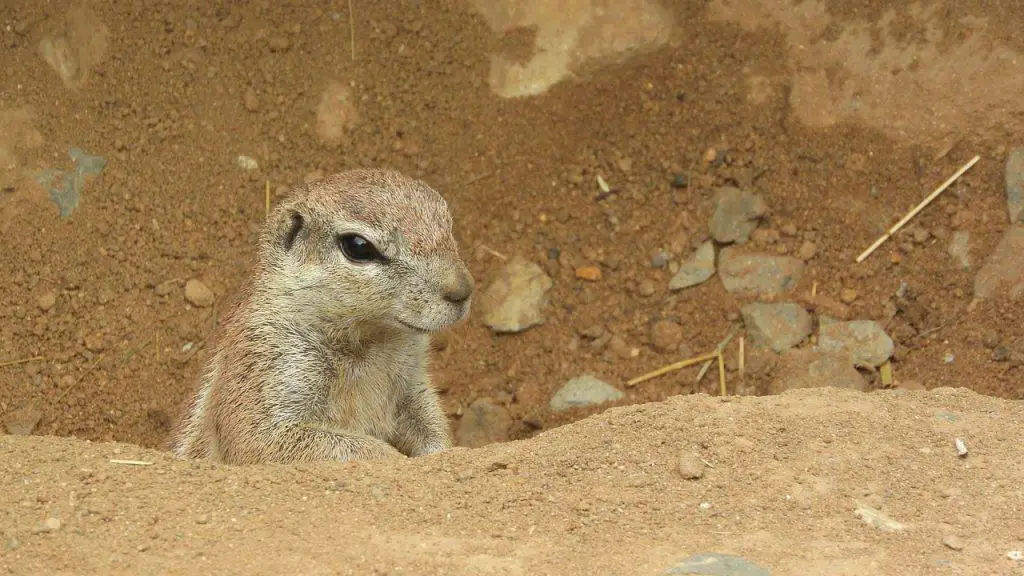
Xerus is a genus of African ground squirrels that encompasses several species known for their distinctive appearance and intriguing behaviors. These agile rodents showcase a compact and robust body with short legs and a bushy tail. Their fur coloration varies among species, ranging from sandy brown to reddish-brown hues, allowing them to blend seamlessly with their arid and savannah habitats.
Members of the Xerus genus are primarily found in sub-Saharan Africa, inhabiting diverse environments such as grasslands, shrublands, and rocky outcrops. They are highly adaptable and can thrive in both arid and more fertile regions. Xerus squirrels often form colonies and construct intricate burrow systems to protect themselves from predators and harsh weather conditions.
7. Xantus Murrelet
The Xantus Murrelet (Synthliboramphus hypoleucus), also called the Guadalupe Murrlet, is a captivating seabird known for its striking appearance and unique behaviors. With its compact body and short wings, this murrelet forages efficently underwater. Its plumage boasts a contrasting pattern, featuring blackish upperparts and a clean white underbelly, making it easily recognizable in its oceanic habitat.
This species primarily inhabits the rocky coastal areas of the Baja California Peninsula, particularly along the western coast of Mexico and southern California. As highly specialized divers, Xantus Murrelets rely on their strong wings to propel themselves underwater in search of small fish and invertebrates. They often breed in small colonies on remote islands, nesting in rock crevices or burrows.
Sadly, the Xantus Murrelet faces conservation challenges due to habitat disturbance and predation by introduced species on its breeding islands. As a result, it is classified as a species of “Vulnerable” by the IUCN (International Union for Conservation of Nature).
8. Xenurus unicinctus
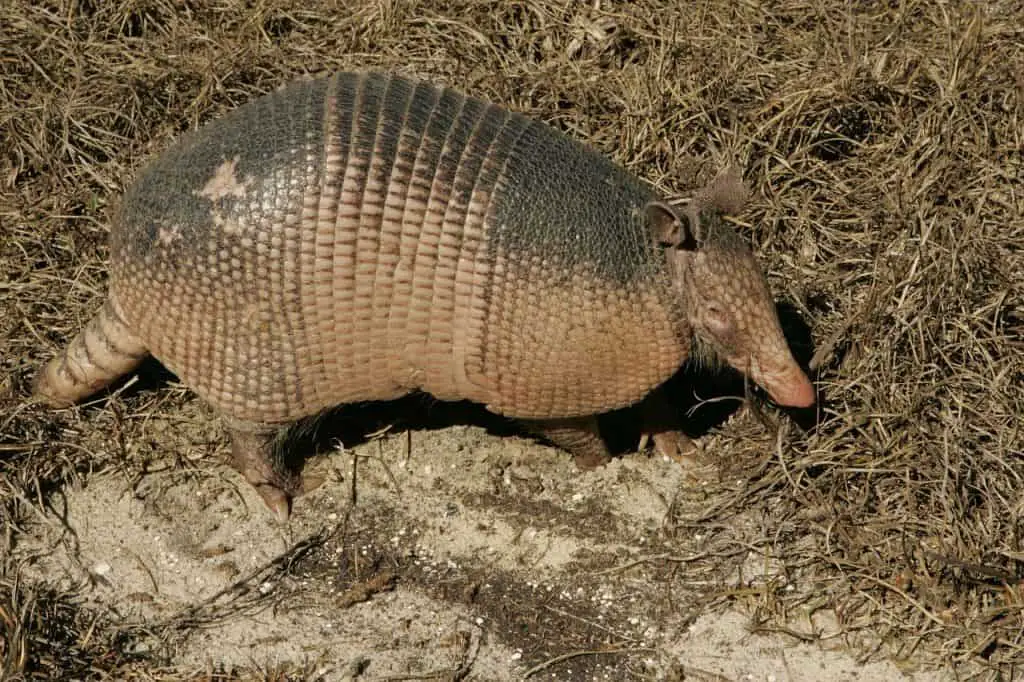
Xenurus unicinctus, commonly known as the Southern naked-tailed armadillo, is a fascinating creature known for its unique armor-like covering and burrowing habits. Their bony plates, called scutes, that form a protective shell. Armadillos vary in size, with the smallest species measuring around 6 inches long, while the largest can reach up to 5 feet in length. The creatures have a preference for areas with loose soil, which they dig into using their strong claws to create burrows for shelter and foraging.
9. Xeme
The Xeme is a small gull with a slender body and long, pointed wings that possesses excellent aerial agility. The Xeme showcases a distinct plumage, featuring a dark brown back, pale underparts, and a black cap on its head. It also boasts a hooked beak, ideal for catching and feeding on small fish and marine invertebrates.
You can find Xemes in the northern regions of the Atlantic Ocean, including the Arctic and subarctic areas. They prefer coastal habitats, particularly rocky cliffs and offshore islands where they breed and nest in colonies. These seabirds are well-known for their remarkable diving and fishing skills, adeptly capturing prey both near the surface and underwater.
10. X-ray Tetra
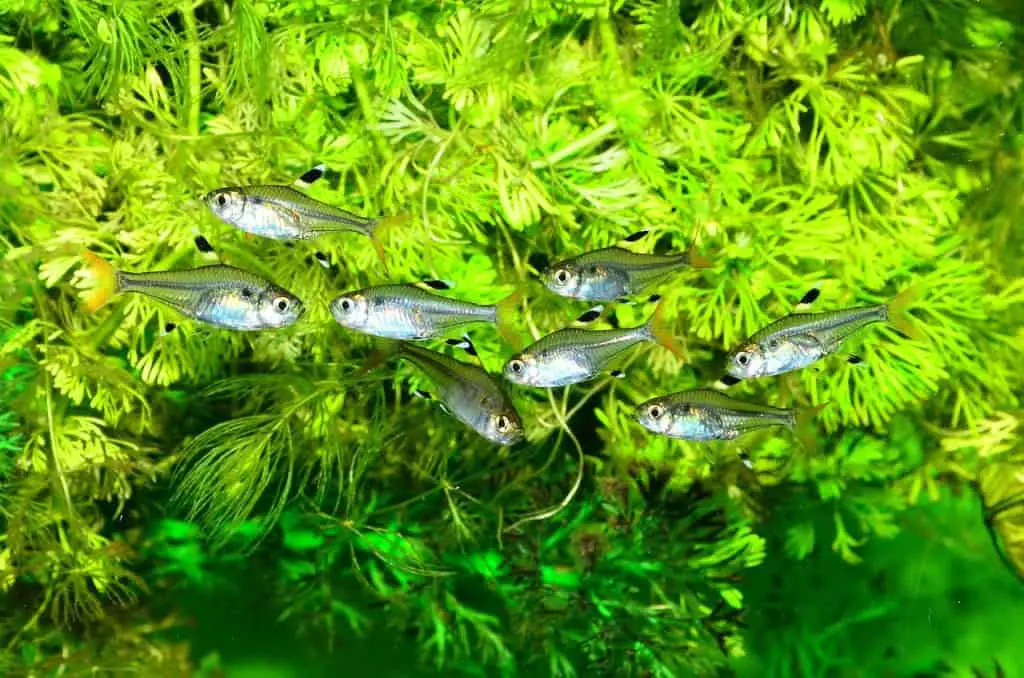
The X-ray Tetra, scientifically known as Pristella maxillaris, is a captivating freshwater fish renowned for its translucent body and shimmering silver scales. This small, schooling fish exhibits a slender shape with a forked tail and a distinctive black lateral line that extends from its snout to the base of its tail. What sets the X-ray Tetra apart is its transparent skin, allowing observers to see its internal organs, giving it the appearance of an x-ray.
X-ray Tetras are native to the rivers and streams of South America, particularly in the Amazon basin and the Orinoco River. They thrive in habitats with dense vegetation, relying on submerged plants for cover and protection.
11. Xylophagous Leafhopper
Xylophagous Leafhoppers are typically found in forests and woodlands, where they prefer habitats with an abundance of trees and shrubs. As their name suggests, they feed on plant sap, particularly the sap of woody plants and trees.
These leafhoppers possess a slender body, with elongated wings that allow for swift flight. Their coloration can vary, but they commonly exhibit shades of green or brown, helping them blend into their natural surroundings.
12. Xucaneb Robber Frog
Xucaneb Robber Frogs live in the mountains of Guatemala. Unfortunately, these animals are facing multiple threats, including defroestation and pollution. If something doesn’t change, Xucaneb Robber Frogs face extinction.
13. Xuthus Swallowtail
The Xuthus Swallowtail (Papilio xuthus) is a striking butterfly species renowned for its vibrant colors and graceful flight. This large butterfly showcases a wingspan of up to 8 centimeters and features a combination of bright yellow, black, and blue markings. Its wings display a distinctive pattern of bold stripes and spots, making it a visually captivating sight in flight.
Xuthus Swallowtails can be found across a wide range, including East Asia, specifically in countries such as Japan, China, and Korea. They inhabit diverse habitats, from lowland forests to mountainous regions.
14. Xolmis
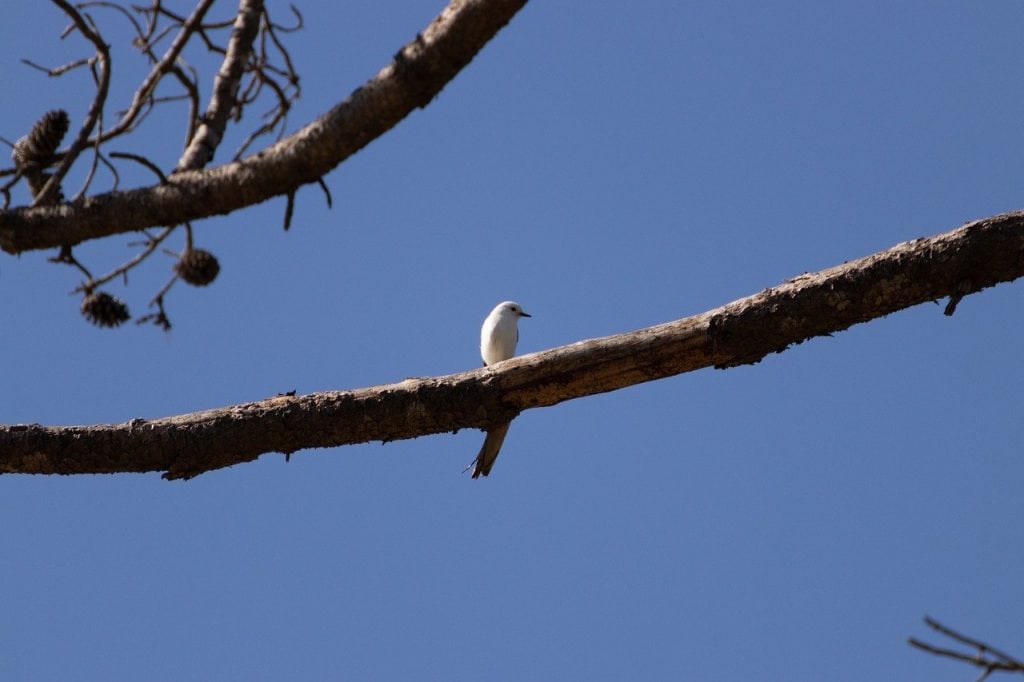
Xolmis is a genus of birds native to South America, specifically found in various countries such as Argentina, Chile, and Bolivia. These birds belong to the family Tyrannidae, commonly known as tyrant flycatchers. Xolmis species are known for their small to medium size. Typically, they measure between 15 to 20 centimeters in length. They have a sleek and slender build, with a distinctive pointed bill and sharp, hooked talons.
15. Xingu River Ray
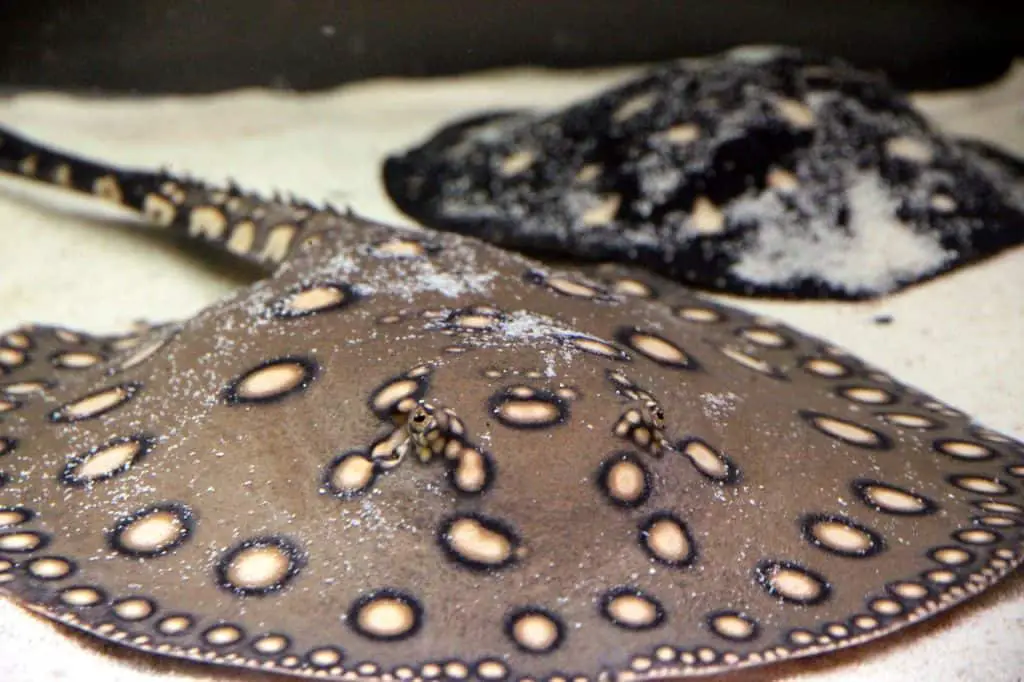
The Xingu River Ray (Potamotrygon leopoldi) is a fascinating freshwater ray species that inhabits the Xingu River in Brazil. These rays showcase a flat, diamond-shaped body, typically measuring between 60 to 80 centimeters in width. They have a dark brown to black coloration, adorned with striking yellow or orange spots scattered across their dorsal side.
The Xingu River Ray is endemic to the Xingu River basin, which is known for its clear waters and diverse aquatic habitats. These rays demonstrate a preference for slow-moving and sandy-bottomed areas of the river, where they can effectively camouflage themselves against the riverbed. With their eyes positioned on the top of their body, they skillfully spot potential prey or detect predators, showcasing their remarkable adaptation to the environment.
Final Take On Animals That Start With X
Many wonderful animals start with x. But you might not have known about these creatures before scoping out this list. It’s always fun to learn about new critters! Which is your favorite on this list?